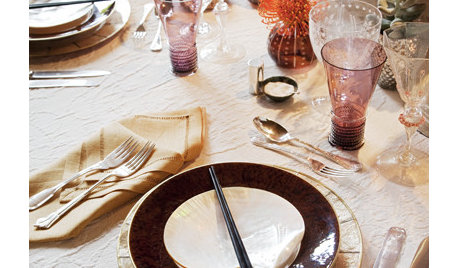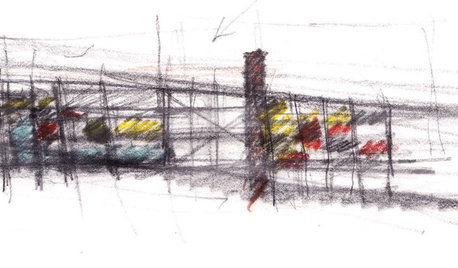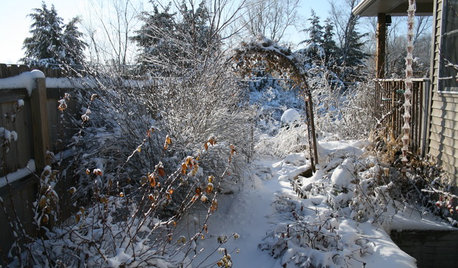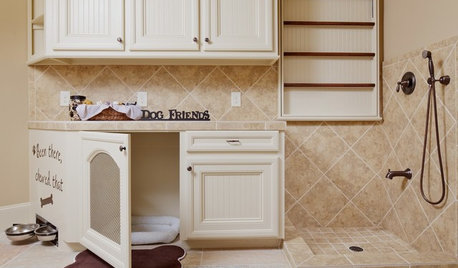pheasant pen ideas
vancleaveterry
16 years ago
Related Stories

LIFESimple Pleasures: Put Pen to Paper
Note writing a lost art? Not when you have a nice selection of papers, a dedicated spot and the right frame of mind
Full Story
DREAM SPACESWe Can Dream: Nurturing Escapes for Penning a Poem
16 picturesque hideaways built to inspire contemplation and a favorite slow art form
Full Story
HOLIDAYSHouzz Call: Show Us Your Thanksgiving Table Decor!
Mercury glass, pheasant feathers and colorful glassware are just a few of the fall table setting ideas we're spotting
Full Story
ARCHITECTUREArchitect's Toolbox: The Sketches That Spark a Home
See why in a high-tech world, pen and paper are often still essential for communicating design ideas
Full Story
CONTEMPORARY HOMESRoom of the Day: Parisian Pop Lifts a San Francisco Living Room
Turning bedsheets into curtains and drawing on the furniture with a pen are a couple of the decorating tricks used in this living room
Full Story
LIFE6 Ways to Beat the Winter Blahs
Snow and dark days dampening your spirits? These ideas will have you looking on the bright side
Full Story
PETSThe Crate Conundrum: A Safe Place for Your Pooch
Get ideas for a comfy den for your dog that works well with your space too
Full Story
HOME OFFICES9 Hacks for a Clutter-Free Home Office
Use these clever ideas to transform a chaotic study into one that’s more conducive to working
Full Story
DECORATING GUIDESDecorating With Nature in Fall and Winter
Bringing the beauty of the changing seasons inside is easy and inexpensive. Here are 16 ideas to get you started
Full Story
FEEL-GOOD HOMEThe (Lost) Art of Laziness
Do you go to bed with to-do lists flashing through your head? Try one of these ideas to give yourself a break
Full Story





jview
vancleaveterryOriginal Author
Related Professionals
Prairie Ridge Landscape Architects & Landscape Designers · Rancho Cordova Landscape Architects & Landscape Designers · Byram Landscape Contractors · Fuquay-Varina Landscape Contractors · Oklahoma City Landscape Contractors · Waterford Landscape Contractors · Norridge Landscape Contractors · Hinsdale Fence Contractors · Palm Harbor Fence Contractors · Wallingford Fence Contractors · Baltimore Decks, Patios & Outdoor Enclosures · Highland Springs Decks, Patios & Outdoor Enclosures · Kalamazoo Decks, Patios & Outdoor Enclosures · Pittsburgh Decks, Patios & Outdoor Enclosures · Santa Monica Decks, Patios & Outdoor EnclosuresDibbit
velvet_sparrow
bejay9_10
vancleaveterryOriginal Author
quinnfyre
bejay9_10
Dibbit
fancifowl
farmgirl
vancleaveterryOriginal Author
velvet_sparrow
bejay9_10
fancifowl
farmgirl